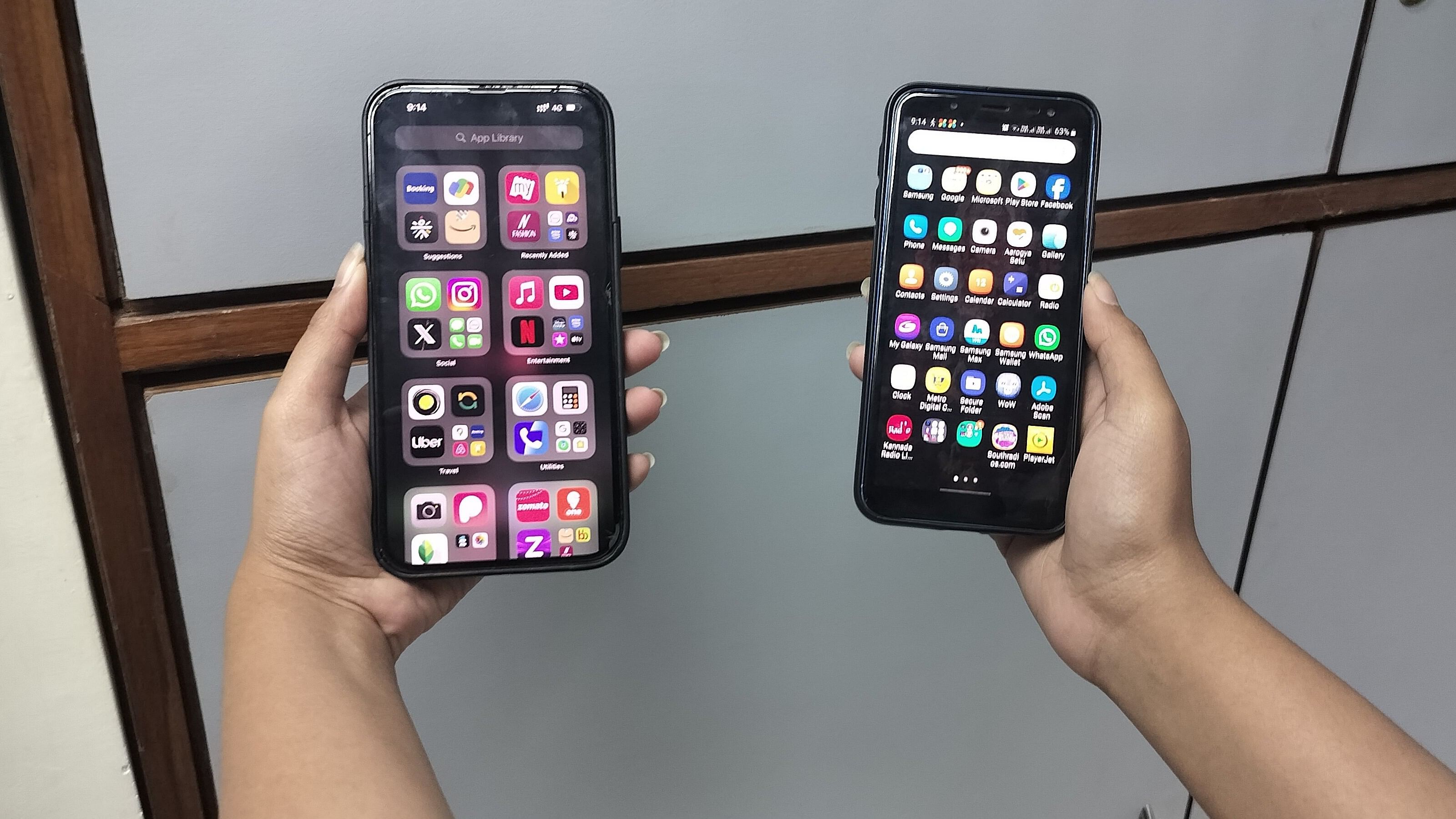
Representative image of Android mobile phone.
Credit: DH Photo
An X user recently posted that an e-commerce application was charging different rates for the same product on an iPhone and an Android phone. This has triggered a debate on the reason for the price difference.
Saurab Sharma took to the microblogging platform late October and posted about how a suitcase being sold on Flipkart cost Rs 4,119 on an Android device, and Rs 4,799 on an iPhone.
An assumption that owners of iOS devices (usually costlier than Android devices) are willing to pay more could be one of the reasons, say industry experts.
“There are fewer iOS devices when compared to Android devices, so this could also be impacting pricing to make equal average revenue per user,” explains Pranesh Prakash, co-founder of Centre for Internet Security.
Uttam S, a brand manager for sellers, says sellers want to keep their prices as low as possible for consumers. “Sellers charge for the making of the product, distributing it, and any other costs that may arise. So when e-commerce platforms like Amazon and Flipkart are charged for advertising their apps on app stores, the fees are often directly absorbed by the consumer,” says Uttam, who holds a degree in analytics.
Apple’s App Store charges $99 (approximately Rs 8,353) per year while Google’s Play Store charges $25 (approximately Rs 2,109) a year for a developer account, which is required for distribution via the app store, points out Prakash.
Karthika Rajmohan, associate policy counsel with Internet Freedom Foundation, points out that differential pricing on e-commerce platforms occurs due to several factors including customer profile and geography, and the device used for shopping is just one of them.
“There was a class action lawsuit filed against DoorDash, a food delivery and takeout platform in the US, for such differential pricing, where additional fees were added for iPhone users,” she elaborates.
Apart from opting to purchase items from an Android device instead of an iPhone, there is no real solution, points out Karthika.
Across apps/services?
Karthika adds that when checking for a ride with a cab aggregator recently, she used an Android device and an iPhone, and observed varied rates.
When Metrolife did a similar check, we noticed a price difference across multiple apps. On Tuesday, Metrolife checked for a cab ride on Uber from M G Road to Okalipuram and found a difference of Rs 3 to Rs 15 on all ride options. A Premium YouTube subscription on an Android phone was Rs 159/month while on an iPhone it was Rs 195/month.
Legality
Under Section 18 (2A) of the Legal Metrology (Packaged Commodities) Rules, a complaint can be raised on identical commodities sold at different Maximum Retail Price on different platforms, says Karthika. However, this rule is applicable only on packaged products.